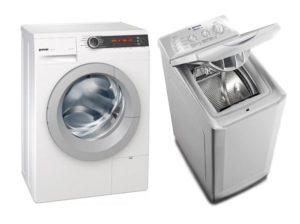 In stores that sell household appliances, a huge number of washing machines are presented to the consumer's attention. They differ in design features and functionality; each model looks aesthetically pleasing and modern, guaranteeing the quality of the washing process. You have to make a long choice when deciding which washing machine is better - top-loading or front-loading?
In stores that sell household appliances, a huge number of washing machines are presented to the consumer's attention. They differ in design features and functionality; each model looks aesthetically pleasing and modern, guaranteeing the quality of the washing process. You have to make a long choice when deciding which washing machine is better - top-loading or front-loading?
Without checking the model in operation, it is difficult to understand what is more convenient to use in order to wash things perfectly and at the same time save electrical energy. And repair issues occupy an important place - no one wants to contact service often.
Based on the type of loading, machines are divided into two groups. The front-view device is popular among many consumers. The existing “window” makes it possible to monitor the washing process and makes the machine attractive. But the vertical loading unit is distinguished by its compactness. How to make the right choice?
Structure and design features of machines with different types of loading
The main structural difference is the location of the hatch intended for loading things. For the front-facing device, it is located on the front part and opens to the side.
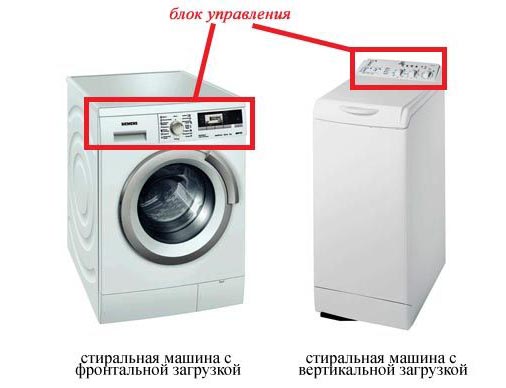
Vertical group models have a hatch on top. Many have not yet forgotten that several decades ago the market was filled with these very models. Washing machines with a front hatch appeared relatively recently, but were able to quickly supplant their predecessors.
Each type has a washing drum that rotates along a vertical plane. To load a front-facing machine, simply open the door. For a vertical analogue, the process is somewhat more complicated - first the top cover is opened, then you need to open the hatch lock on the drum. And after washing it stops in any position, sometimes you need to turn it so that the lid appears on the surface. There is nothing complicated in such actions, but a person accustomed to side loading may experience certain inconveniences.
Some users like to load clothes from the top, while others prefer to load them from the side. But not only consumers, but also experienced specialists are unable to determine significant differences in the quality of the process itself. This depends more on certain models and their functionality than on the location of the loading hatch. For a more accurate determination in your choice, you should clarify in more detail the parameters of different types of machines.
Dimensions and required space
Most users are interested in one question - saving space. For this reason, they are always ready to overpay for a more compact machine.In this sense, front-type washing machines are all the better because they are produced in four standard sizes:
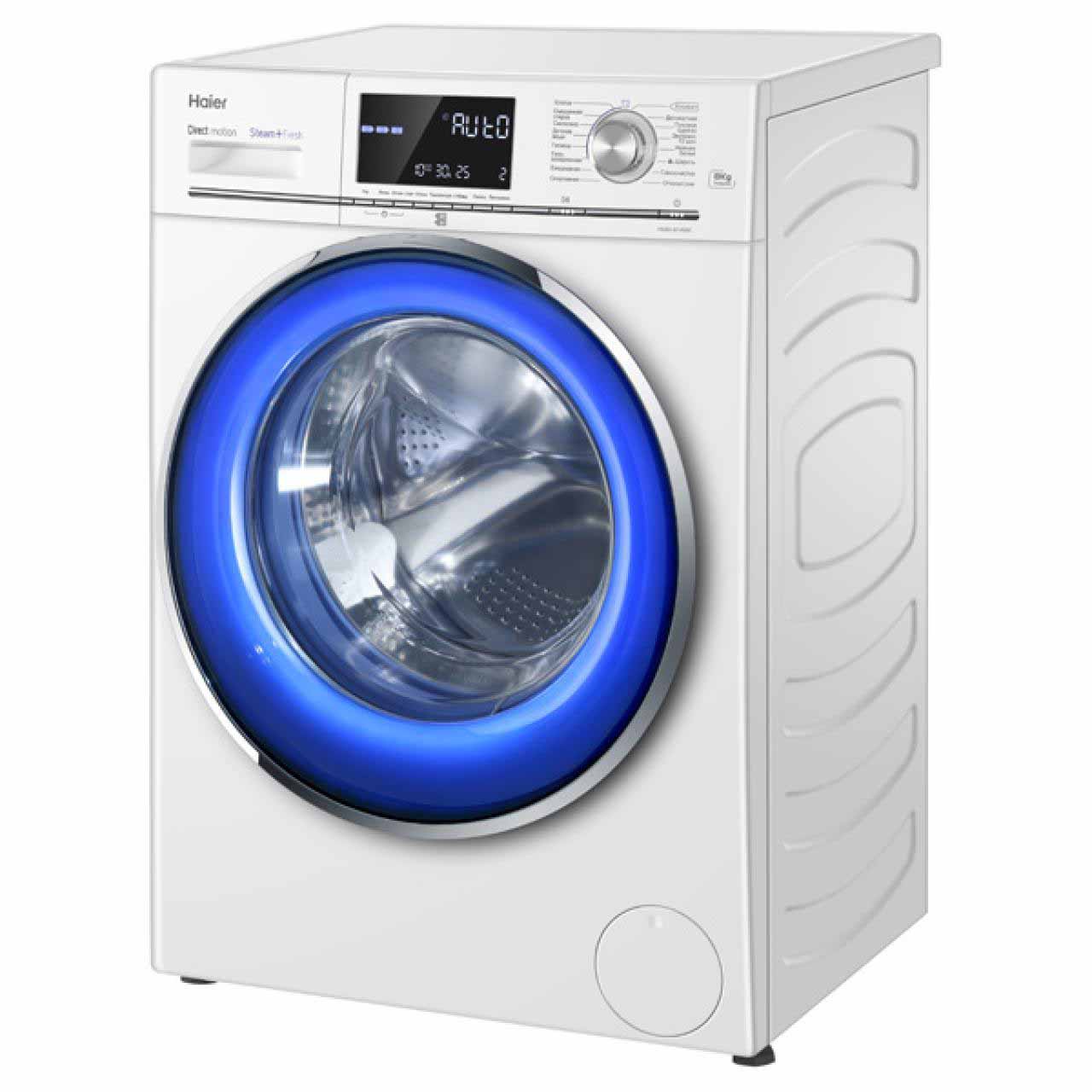
Narrow washing machine Haier HW80-B14686
- narrow;
- super narrow;
- standard;
- compact.
As they say, there is a choice for every situation.
Vertical washing machines are almost the same. If all the models are lined up in one row, the difference will be almost imperceptible, although there are still minor differences. For example, the difference in height is up to ten centimeters, in depth - from five to seven. But the width size is standard - 0.4 meters.
If we compare representatives of different types that have standard sizes, the vertical model occupies a smaller area. But when comparing a compact front-facing washing machine with a vertical model, the first one is ten centimeters more advantageous in depth, and a little more in width. In the group of front-facing machines there are even models that are hung on the wall. Probably, they were produced specifically for those consumers for whom the issue of saving space is radical.
If we talk about the dimensions of two types of washing machines, then in almost every case the front group wins.
The difference between hatches
This element has nothing to do with the quality of washing. But the convenience of putting things into the drum and removing them from there will depend on this detail. There are other nuances that should also be paid attention to.
- Vertical hatches.
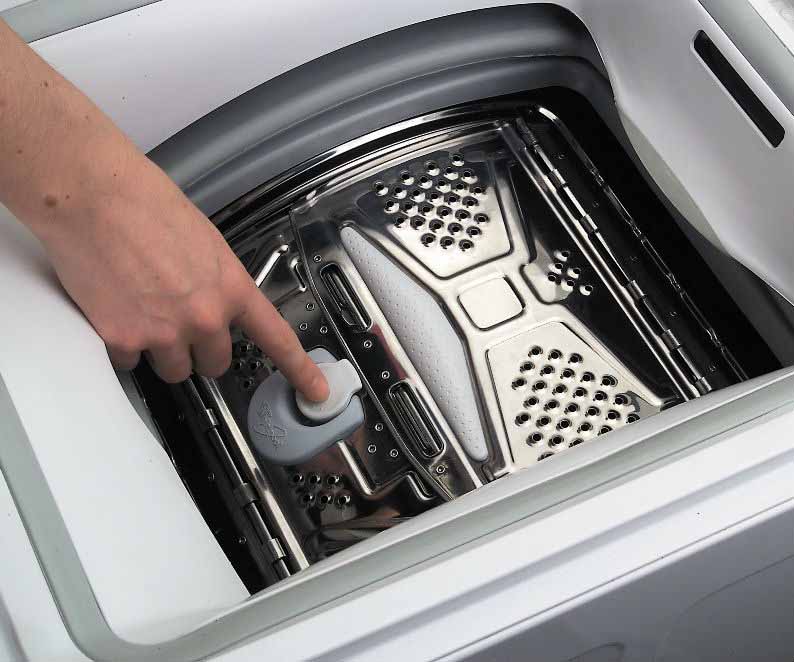
In narrow vertical group washing machines, the drum is installed in a horizontal position, as in front-facing models. On each side there is a symmetrical shaft to which the tank is attached. Such designs are very popular among European consumers.But residents of Russia also acquire this species quite often. As previously mentioned, first you need to open the hatch, then the flap located in the drum itself. More expensive models have a “drum parking” function. This means that when the wash cycle is completed, the drum will always stop with the flap on top, so that the user does not make unnecessary movements. The size of the sash is slightly smaller than the average diameter of the front hatch. When loading laundry, this feature does not affect anything.
Sometimes there are activator-type top-loading washing machines with a vertically placed drum. Their sizes are somewhat larger and have more capacity. For such models, the lid is also located on top. There are no problems during loading - by opening the lid, the user has full access to the drum. Such models have another advantage - the ability to reload laundry during the washing program. Since the lid opens upward, water will not leak out of the machine. This option is great for budget-conscious users who load dirtier items first, then the rest. This way they save washing time, electrical energy and washing powder.
- Front hatches.
Their diameter is twenty-two to thirty-five centimeters. The lid is a plastic or metal flap with a transparent window. After activating the program, the hatch is closed hermetically using an electronic device; it cannot be opened until the process is completed.
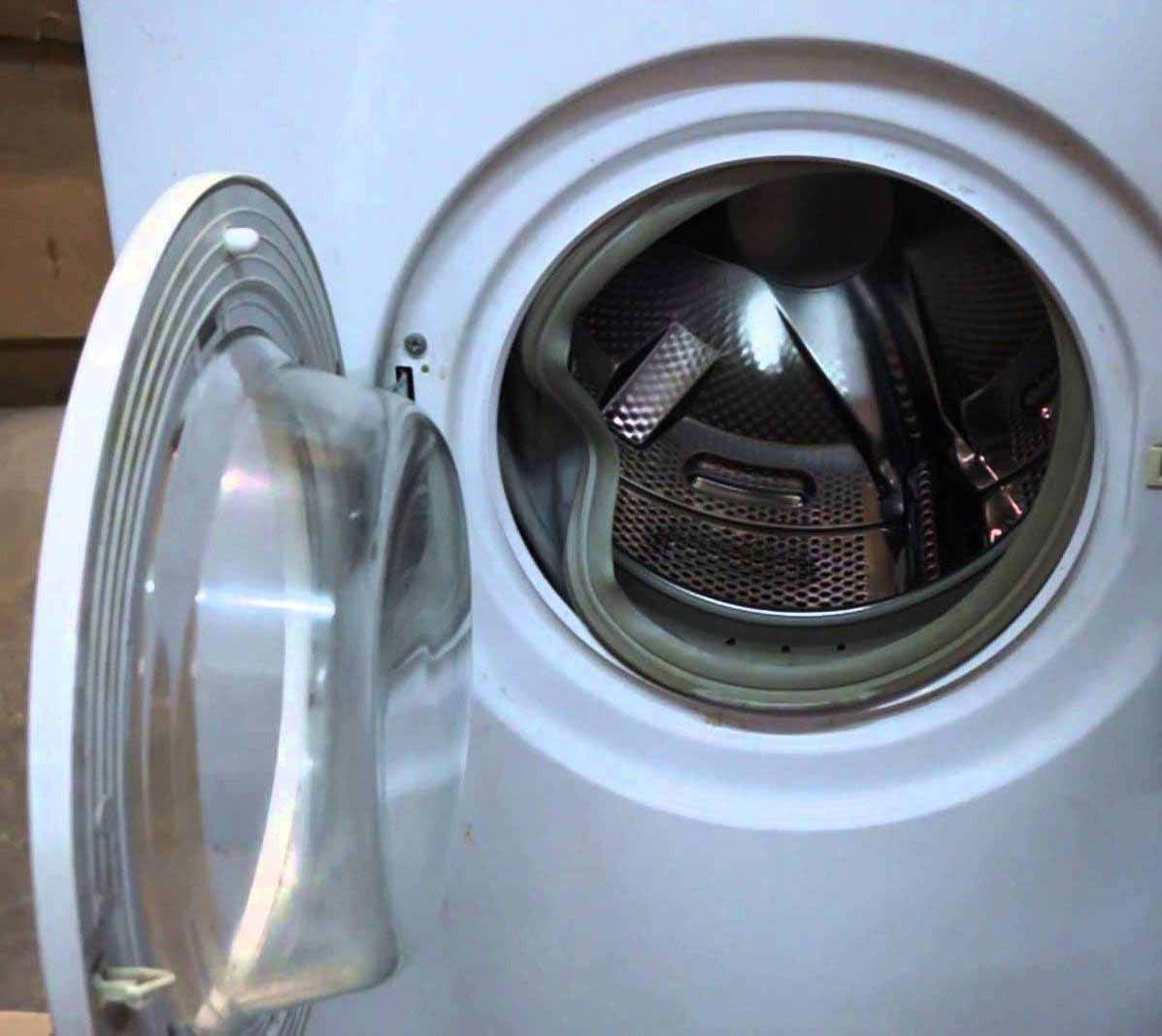
But not all models have a hatch that swings wide enough. On more expensive machines it can be opened one hundred and eighty degrees.Most models allow you to do this at ninety, maximum – at one hundred degrees.
When purchasing a front model, it is recommended to pay attention to the sealing elements located around the cover and drum hatch. They should be of high quality, slightly soft and not particularly thin, as there is a risk of water leakage.
A few convenience issues
This point also needs to be given attention. Which machine is still more convenient to use? To answer such a question, subjective factors must be taken into account. Often a person simply likes vertical loading, since he is more accustomed to it, and there is no explanation for this. The same can be said about washing mashines with a front hatch. You should not focus on subjective aspects; it is better to immediately consider the objective reasons that make this or that group of washing machines convenient:
- For vertical group washing mashines, the hatch is located on top. When loading laundry you will not have to bend over, and this is very convenient for users suffering from radiculitis;
- For washing machines with a front hatch, the top panel is free. Many people place cans, bottles, bags of powders and other things on its surface, finding a certain convenience in this. But the buttons and elements of the touch group are located on the front panel. On the left there is a tray with three compartments, where you can pour washing powder, liquid soap and fabric softener;
- the front model can be installed under the countertop, but the vertical model will require free space on top;
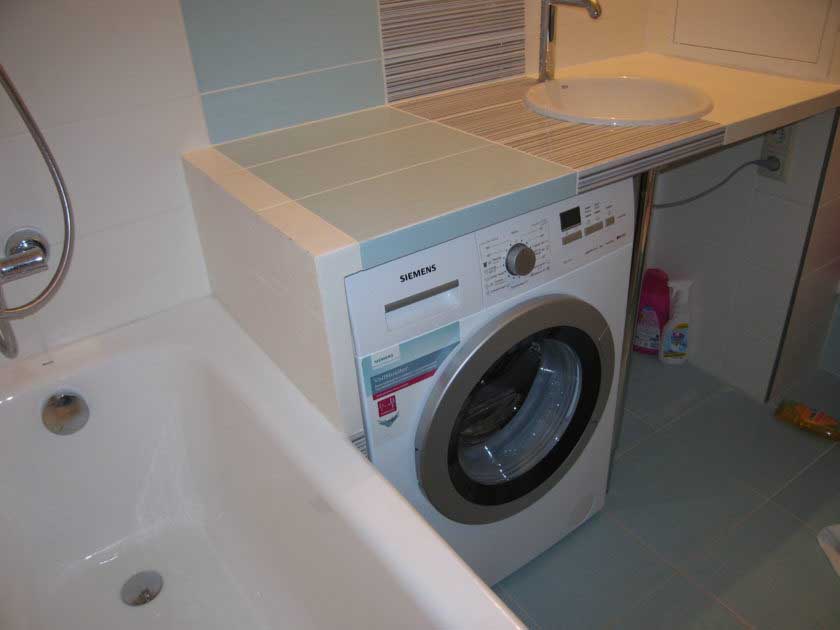
- In a front group machine, the tray for detergents can be easily removed, and it is much more convenient to use.Owners of a vertical unit claim that their model is very convenient in this sense, but their opinion remains in the overwhelming minority.
External data and repairability
It is difficult to talk about the beautiful appearance of washing mashines, since this concept is individual for users. But there are quite objective points. Washing machines of the vertical group are very similar, there are almost no differences in design. The control panel, which always brings a special personality to the model, is located on top and does not attract much attention to itself.
For front-loading machines, everything is different. The parameters and shape of the door, the design of the powder tray, and the elements of the control panel give it a unique personality and unusual beauty. You can even do a little experiment. Going to a household appliance store, look at a number of front-facing models. Your gaze will definitely focus on a certain model.

If a similar inspection is carried out on machines in a vertical group, then there will be nothing remarkable here - ordinary washing units. There is one more important feature. If you buy a washing machine with a vertical loading hatch, you will admire its unattractive appearance for at least ten years. The front panel can be installed separately, and over time it can be built into furniture.
Only the color scheme of its body can add individuality to a vertical group machine. And the front camera may have several individual features.
In terms of maintainability, most users prefer front-loading washing machines. And there is a simple explanation for this - there are more of them, there are no problems with spare parts and components.
Service center specialists working in different localities are more familiar with washing machines belonging to the front group. Spare parts for them are cheaper, and such equipment is much more convenient to repair. In terms of reliability, the washing machines of each group are approximately the same, but much depends on the manufacturer and other factors.
Cost difference
Manufacturers of washing machines claim that units with a vertical hatch are slightly more expensive to manufacture, which affects the final cost of the product. This is probably not the only reason. The problem lies in the fact that top-loading washing machines are less popular, are produced in smaller quantities and are not in such demand, which determines supply. Accordingly, severe competition arises between companies producing machines with front doors. What follows from this? Manufacturers competing with each other gradually reduce prices in order to continue to remain in an acceptable niche of the economy. Ultimately, having similar technical parameters, machines of the vertical and horizontal groups will differ in cost, and this difference will be in favor of the frontal models.
Final comparison
It is possible to objectively evaluate different models only after their advantages and disadvantages have been studied. But in choosing the optimal option, you should not rely only on such parameters. Design features, functionality, and technical parameters should be taken into account.
So, let's summarize.
Advantages and disadvantages of frontal machines
This technique is much easier to choose. This is explained by the fact that the designs are more common, there are many options.Today, the market has a large number of devices that are distinguished by practicality and functionality. The main advantages include:

- reasonable cost of products;
- the ability to integrate the machine into furniture;
- optimal sizes.
Machines of this group can be located in rooms of various sizes. A huge number of models makes it possible to choose the appropriate parameters for any buyer.
The only drawback is the inability to add additional laundry during washing. But this is not critical, and such a minus does not affect the choice.
Advantages and disadvantages of vertical models
washing mashines with such loading are considered less in demand. Most consumers are not accustomed to such models; they are more accustomed to seeing machines with a side window in the bathroom. When choosing the type of loaded element, the consumer prefers a more aesthetic appearance, which is not available in vertical machines.
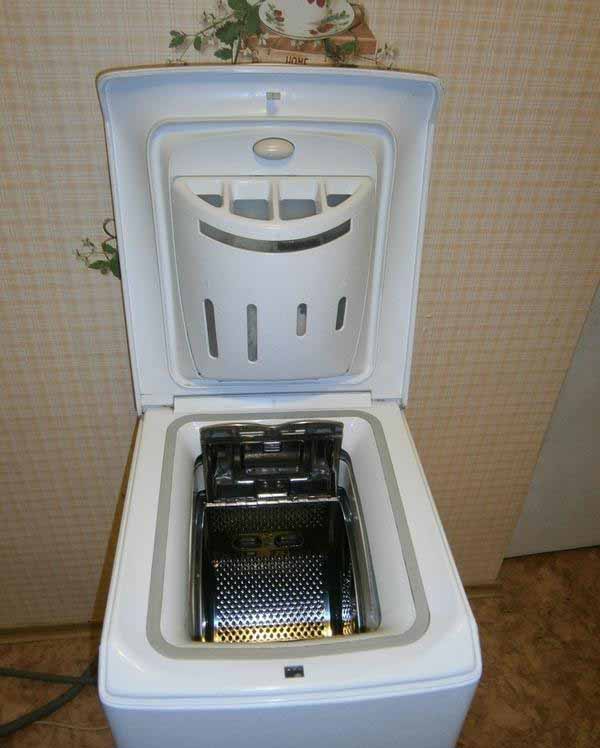
The main advantages of the washing machine are:
- small sizes. The washing mashines are truly considered the most compact of all that exist;
- it is possible to load additional laundry during washing;
- the door open upward does not occupy the space surrounding the machine.
A top-loading washing machine has a high cost, which is explained by its practicality. The second drawback is the inability to build the machine under a countertop or sink.
It is believed that in models with vertical loading, the drive mechanism is less loaded, and accordingly, it will last longer. Bearing destruction occurs less frequently, and the machine is more resistant to centrifugal forces.The vertical has a slightly different arrangement of shock-absorbing elements and counterweights, which gives it greater stability. But the structural differences remain visible.
In addition, machines with a front hatch have a large number of working functions - drying, bubble washing, steam washing, etc. New models of the vertical group also have some functions, but most models do not have drying.
Useful tips
Before purchasing a washing machine, you should decide where it will be installed. Maybe you want to build it into furniture or under the sink - you should take accurate measurements of the space available for this.
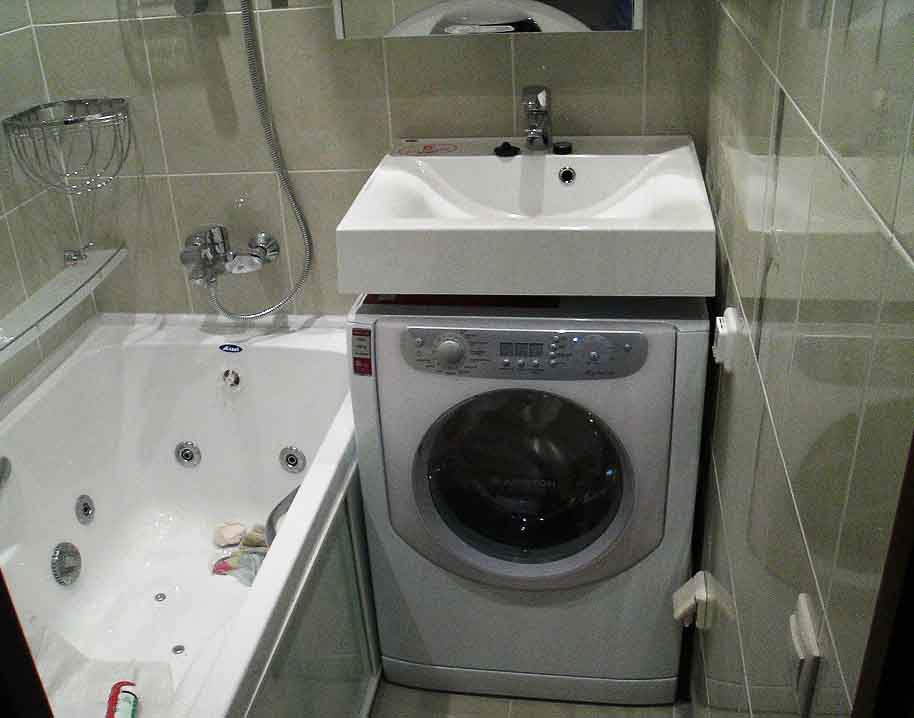
In addition, consider a number of nuances:
- will you use the top panel as a shelf for small items;
- is there a need to add new portions of items during washing;
- Is there a need for a hatch to monitor the washing process?
Quite often, small apartments do not allow for a front-facing washing machine because there is not enough space to open the door. In this case, you should pay attention to the vertical model.
When it comes to safety, the vertical washing machine takes the lead. But all this is explained by the fact that water will not pour out of the machine, as can happen with a machine that has a hatch on the front panel. If a front-loading washing machine breaks down, you will have to call a specialist, but with a vertical washing machine you can simply open it and take out all the things.
Conclusion
Based on the total number of positive features of each group of washing machines, and taking into account the opinions of users, we can conclude that machines with a front-loading method are better than those with a vertical loading method.But the latter also have a right to exist, and sometimes their use is even justified. It should be noted that this conclusion corresponds to the situation on the market. The vertical loading group accounts for only twenty percent of all machines, the rest are front models.
It is not possible to determine the undisputed leader among the known designs. Each model is unique in its own way, practical and easy to use. When choosing the optimal unit, it is recommended to focus primarily on your own preferences and the availability of free space in your apartment.






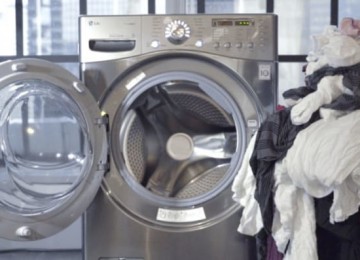
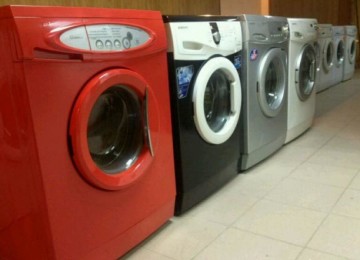
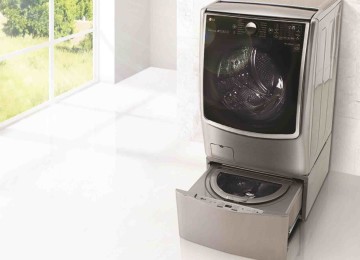
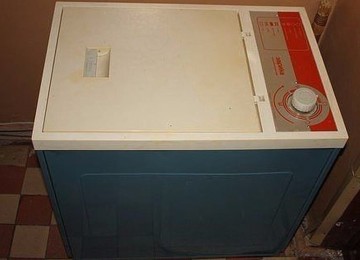
Purchase